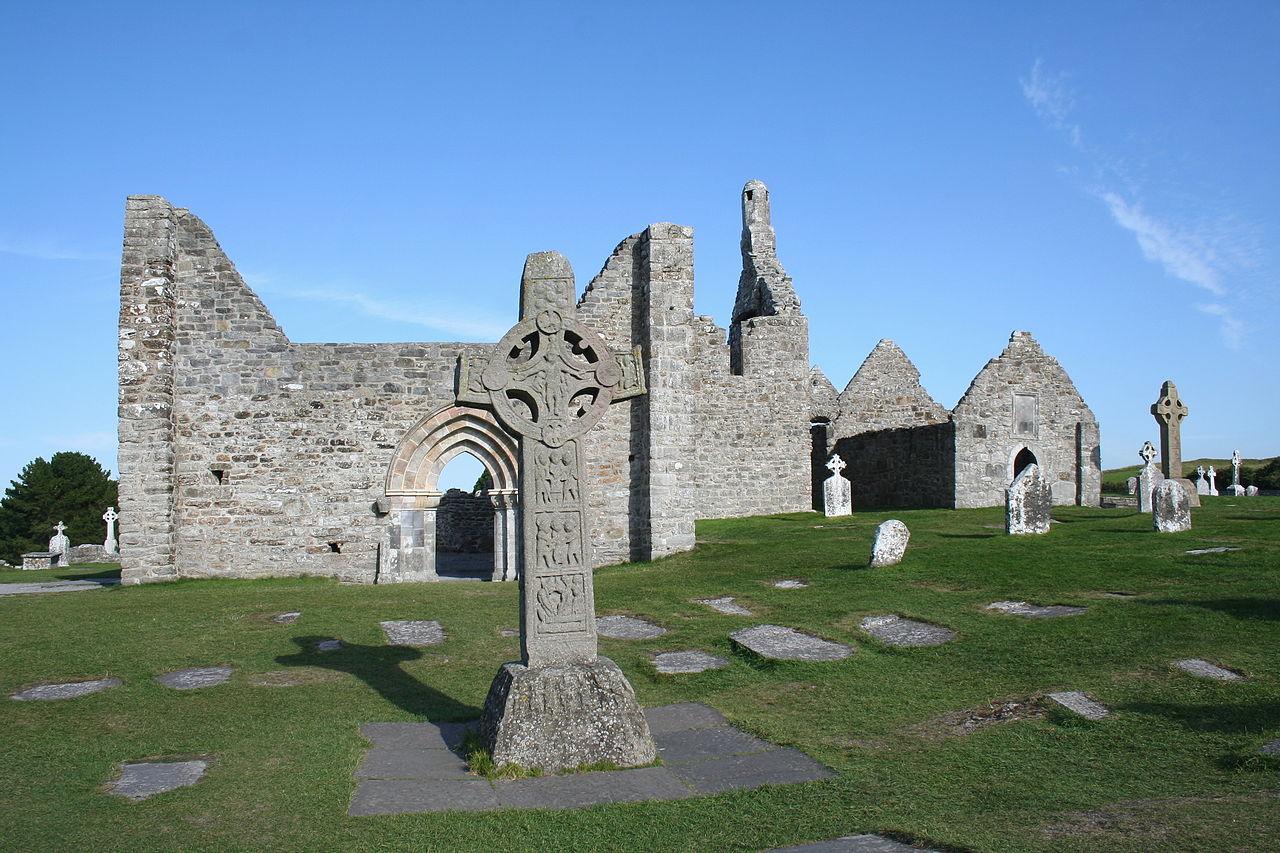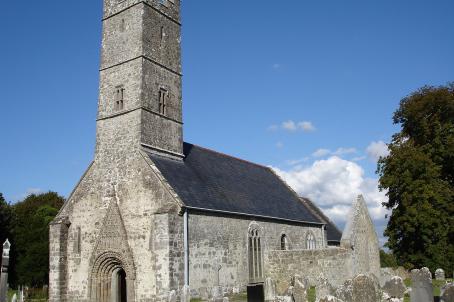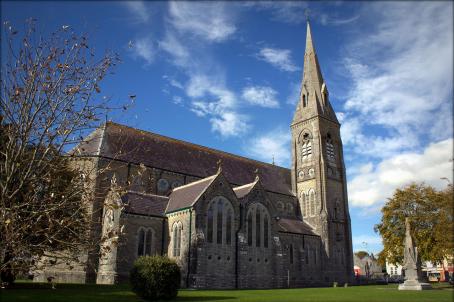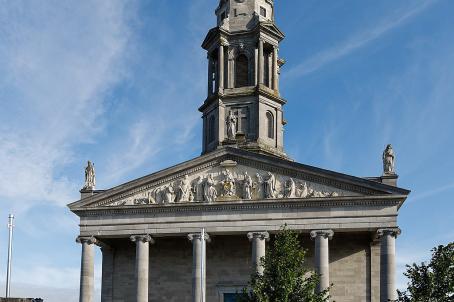Clonmacnoise Monastery
The Monastery of Clonmacnoise, also known as the "Seven Churches", was founded around 544 by the one who would later be known as one of the twelve apostles of Ireland, Saint Ciarán. The wealth of the monastery attracted the lust of Irish kings, Anglo-Normans and Vikings who plundered and burned it many times between 841 and 1204. The decline of the road bordering Clonmacnoise in favour of the one passing through Athlone around the 11th century marked the beginning of the decline of the site. In 1552, the English garrison of Athlone sacked the monastery. Three high crosses still stand on the site of the monastery, the "Cross of the North", the "Cross of the South" and the "Cross of the Scriptures", dating from the 9th to the 10th century.






